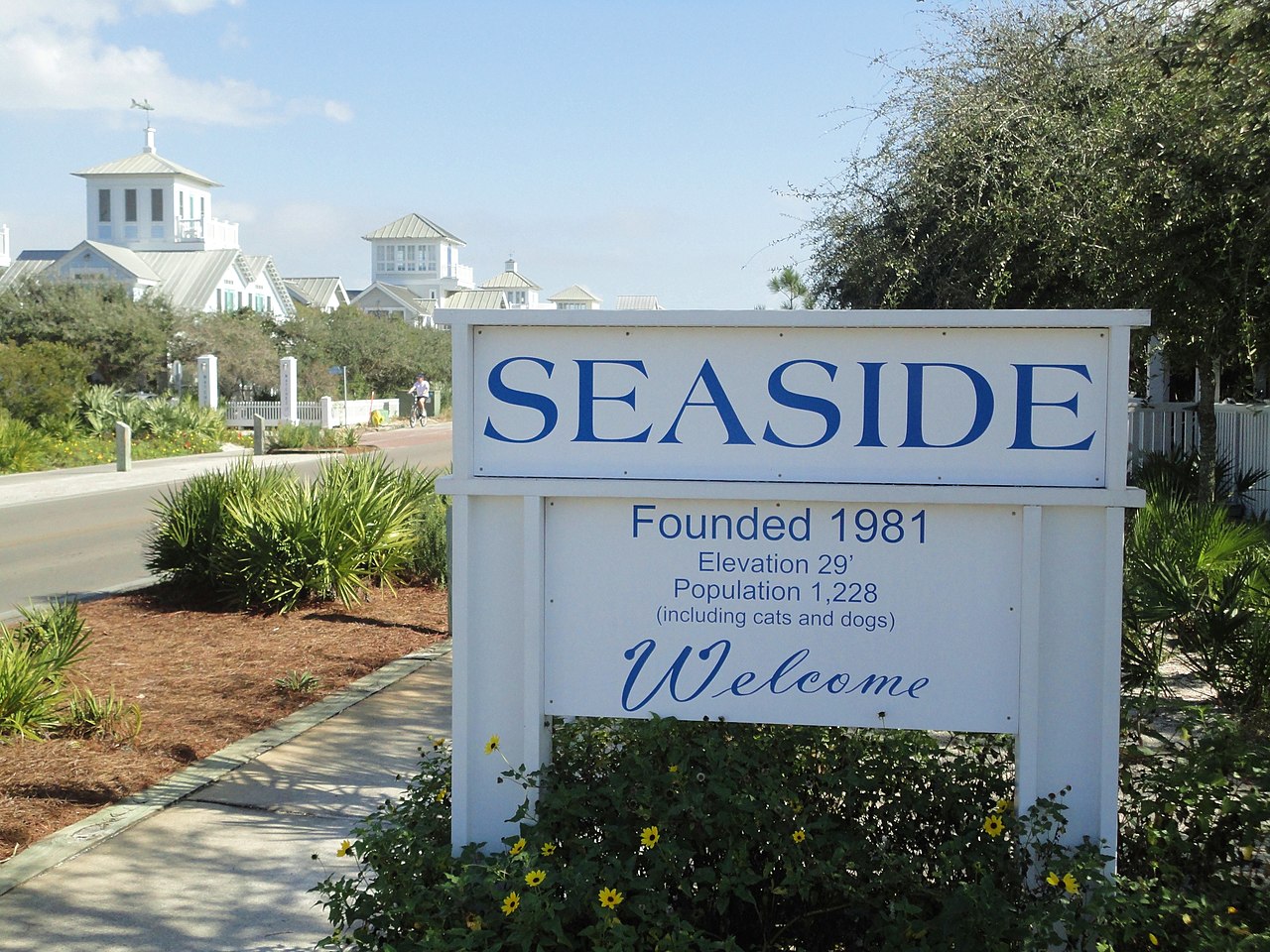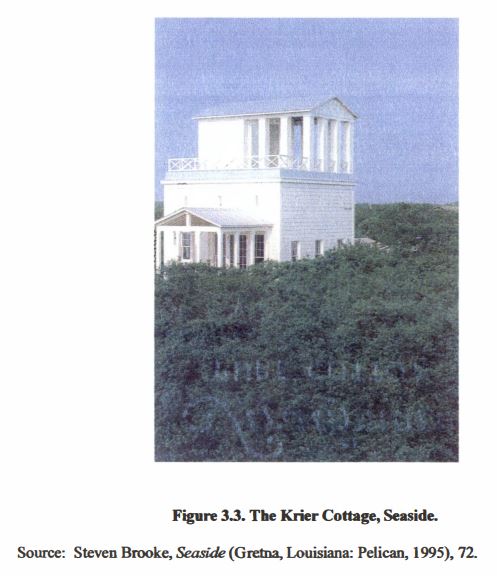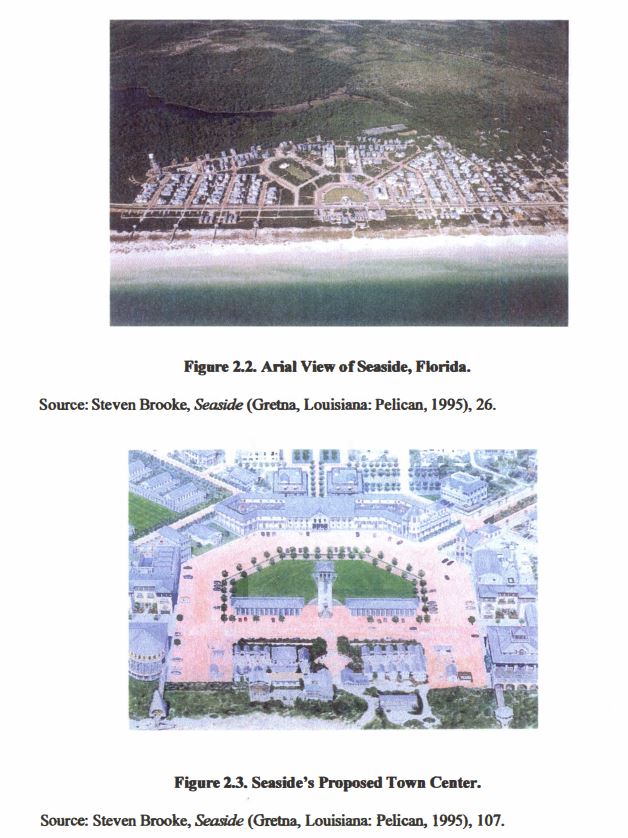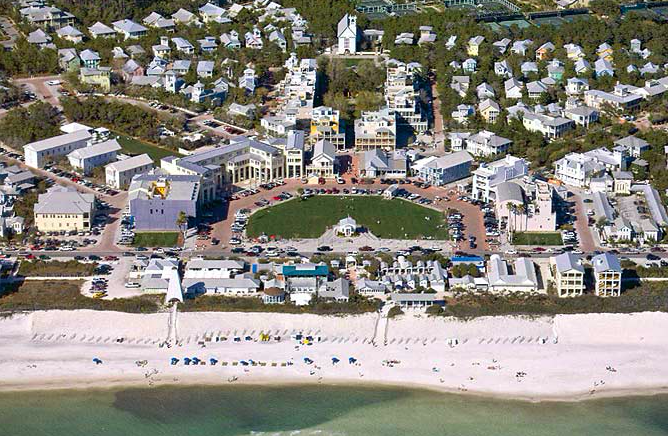that aside - jesus christ, so much space is being used for fucking parking.
traingang
Post as many train pictures as possible.
All about urbanism and transportation, including freight transportation.
Home of train gang
:arm-L::train-shining::arm-R:
Talk about supply chain issues here!
List of cool books and videos about urbanism, transit, and other cool things
Titles must be informative. Please do not title your post "lmao" or use the tired "_____ challenge" format.
Archive links for reactionary sites, including the BBC.
LANDLORDS COWER IN FEAR OF MAOTRAIN
"that train pic is too powerful lmao" - u/Cadende
Carbrain. Not even once. 
Let's examine this relationship more closely by copying this nerd's homework
"New Urbanism and Nazi Germany : a comparative study of neotraditional community design and the Third Reich". https://trace.tennessee.edu/cgi/viewcontent.cgi?article=7548&context=utk_gradthes
spoiler
the writer lets the New Urbanists completely off the hook for their obvious cryptofascism (Western academics understand the historical political context of ideas Challenge - Impossible)

Welcome To Seaside
Seaside, Florida, widely hailed as the genesis of new urbanism, began in 1946, when urban wealth encountered the rural South. In that year a Birmingham department store magnate, J .S. Smolian, purchased eighty acres of remote, undeveloped beachfront property on the Florida Panhandle. He paid a princely one hundred dollars per acre for the scrub and weed-filled parcel. Pundits, even within his own family, deemed him a fool for the purchase. Yet Smolian was unfazed, for he had a vision for this property. It would become "Dreamland Heights," a summer vacation retreat for his six hundred employees. Smolian's dream, however, was never realized. Instead the land lay largely vacant and undeveloped for much of the next thirty years
in 1978, Smolian's grandson, Robert Davis, inherited the sandy lot
Robert Davis, a Harvard-educated real estate developer, was the at the forefront of a new community design movement, known as "new urbanism."
Davis, educated at Antioch College and Harvard, established himself as an innovative builder in the Miami suburb of Coconut Grove during the 1970s. About the same time, he became exposed to the writings and theories of Leon Krier
Called the "Le Corbusier of our day," Krier emerged during the 1970s as the most outspoken critic of modernism. "The principal aim of industrial civilization has been to transform the most beautiful of cities into the worst enemies of man." "Industrialization," in his view, has "only facilitated centralization of capital and of political power" while destroying "those cities and landscapes which had been the result of thousands of years of human labor." Rejecting the "obsessive emptiness" and "confused formulations" of modern architecture, Krier argued that "the form and quality of urban space can only be verified by historical models." The architect disdains modern structures and techniques, including curtain walls, flat roofs, and HV AC systems, in favor of traditional building styles and materials. Thus, among Krier's followers, neoclassicism and the "ageless mandala of the Roman camp" have become the model for community design and serve as "reminder[s] of the Empire's lasting hold, its beneficence, order, and its splendor."15

Krier also lashed out at suburban growth, which he blamed for the rise of the "industrial anti-city." "Suburban sprawl," he argued, "is based on a marriage of convenience and, lacking any roots, it repudiates heritage, traditions, and cultures." In Krier' s eyes, the suburb is an insidious creature which "wants to conquer the world because it cannot be at peace with itself."
"The suburb without a city is like a cancer without a body," he wrote, adding:
"A suburb built 1 00 miles away from a city will do everything to attack its victim: it will erect vast infrastructures and mobilize colossal machines in such a manner as to realize its objectives of destruction. The suburb strangles the city surrounding it and kills the city, tearing out its heart. A suburb can only survive, it cannot live. It can survive like a parasite, consuming both city and countryside. No city and no countryside, however rich and fertile, can survive besieged by a suburb."16

Krier also hurled invectives at modem planning and zoning. A "good plan," according to Krier, "is both of a formal and moral nature" and "fixes once and for all" building types, public spaces, and land uses. Zoning, he believes, "mobilizes" these "immovable and fixed values." It is "an instrument of industrial monopoly planning and is not democratic but totalitarian." The result is "simply a sum of buildings and functions" with no "body and soul" and the destruction of "Pre-industrial urban communities, of urban democracy and culture." "If we start dismembering a human body," he wrote, "we slaughter the individual," adding, "that is exactly what zoning does to the body of the city." Krier argued that zoned cities such as New York and Los Angeles were not, in fact, cities but mere "agglomeration[s] of buildings." "Venice," however, with its traditional design elements, "is a city and so it will remain even if inhabited by cats and fish." The architect then concluded with a final, classical pronouncement: "Just as Carthage was the first enemy of Rome, I have yet to repeat again: 'Ceterum censeo zoning essere deletium'." 11
7"In my opinion, Zoning must be destroyed." Krier's declaration is an allusion to Cato the Elder' s famous dictum "Ceterum censeo Carthago essere deletium (In my opinion, Carthage must be destroyed.)." Interestingly, Cato, also known as Cato the Censor, was widely known for his outspoken opposition to new or nontraditional ideas. Krier, Houses, Places, Cities, 32-33, 102, 104-105.
Krier also waxed nostagically for traditional, pre-industrial urban centers. Such cities, he believed, are characterized by their densities and compactness. The major definer of such communities, he argued, are pedestrian distances. This primacy of foot traffic encouraged the development of"cities within the city." The urban quarter, which contains "all daily functions of urban life," becomes the crucial element of Krier' s ideal city. These neighborhoods, "not exceeding 35 hectares (86 acres) and 15,000 inhabitants" represent, he contends, the optimal size for "rural or urban communities." In evaluating these quarters, the architect focused almost exclusively on examples from European cities. In fact, Krier's arguments were decidedly Eurocentric. To him, the continental city was "a place of privileges, civil rights, and liberties." In contrast, the American city, characterized by low density expansion, was "a place of damnation, but necessary for survival. " 18
Krier' s angry rhetoric was more than an assault against planning. It was also a call for a radical restructuring of urban society. "Reconstruction" became the rallying cry for Krier and his followers. "The project which our generation must elaborate has to fight the destruction of urban society on all levels, cultural, political, economic." Architects, he commands, must "refuse" to "comply with the deficiencies of existing legislation and budgeting" and "recognize the value of pre-industrial cities." Krier's mission reflects more than a quest for urban renewal, it is an attempt to reverse the course of modernity and return to an "artisanal" order. "The enormous work which awaits our generation in repairing the damages and destructions of the last thirty years must be undertaken in a perspective of material permanence," he wrote, adding "Only with this project of reconstruction can we redefine our role as architects and establish the Authority of Architecture as Art [sic]."19'

In the late 1970s, during the final years of Albert Speer's life, a small cadre of architects undertook a program to rehabilitate the image of Hitler's former architect and redeem his creative legacy. At the forefront of this movement was Leon Krier. the guru of new urbanism and high priest of neotraditional design. In an essay on Speer, Krier praised the German's body of work as "the architecture of desire." Although he reproached Speer for "his unrepenting belief in industrial civiliz.ation" Krier lavished praise on the ex-Nazi's classical designs, which he feels were "condemned by the Nuremberg Tribunal to an even heavier sentence" than their creator.
the real loser of WW2 was pretend Roman columns
Speer, he believes, was "a born form-giver ... graced by an extraordinary ability to think in four dimensions, to conceive structures in space and time, in parts and total."
cubebrained Speer?
Because of this, Krier believes Speer was able "to bring almost any problem to its implacable solution, brushing aside technical and moral objections." Speer's, downfall, in Krier's mind was not aligning himself with fascism, but rather believing "that a powerful and prestigious cultural elite, upholding the highest standards of style and good taste, would be able to impose quality on industrial mass production."1

1Krier goes on to remark "Auschwitz - Birkenau and Los Angeles are children of the same parents. They are reifications of social place less ness, of the incapacity to give human work and commonwealth dignified and pleasing forms."
lmao let him cook...
Later, Krier also recalls the "good sides" of "Hitler's socialism," including the Reich's "advanced social legislation," the "astonishing development of German civic spirit," and the Nazi's "admirable love" for "the landscape and for classical architecture." Leon Krier, ed., Albert Speer, Architecture: 1932- 194 2 (Brussels: Aux Archives D' Architecture Modeme, 1985), 217, 222, 227.
Correction, do NOT let him cook
(Continued below)
So with the knowledge that Leon Krier is sus, lets get back to Seaside

Among this legion of converts [to Leon Krier Thought] was Robert Davis, developer of Seaside
Davis soon realized that his eighty beachfront acres, recently inherited, constituted the "ideal parcel of land for a sensibly designed town."20
In 1980 he met with his architectural mentor and hired Krier as a consultant on his new project. Krier offered advice on street scale, recreational facilities, and the siting of community facilities. In return, Davis granted Krier a building lot in the new town. For Krier, "Seaside was a dream come true." "I always said,'' he remarked, "I would never build unless conditions were right." Seaside offered Krier an opportunity to erect his first built structure, an environment which finally met his standards of community.21
Davis also found kindred spirits in Miami architects Andres Duany and Elizabeth Plater-Zyberk, of the firm DPZ. Like Davis, the married professional couple also subscribed to a number of Leon Krier' s theories. They embraced traditional community design and espoused the value of vernacular architecture. They also shared his contempt for strict land use divisions imposed by zoning.
Rather than rely on traditional zoning, Seaside's architects chose to regulate land uses through the use of the town's ''urban code."
a relatively simple, poster sized graphic, the Seaside code was intended to be a "graphic document' easily understood by ''the citizen-buyer."
Far more restrictive than a conventional building code, Seaside's regulations also addressed many of the town's architectural and aesthetic features
eight different allowed building types. These structure types included residential buildings, mixed use residences (residential and lodging, office and residential, and retail, residential and lodging), and workshops, the latter no doubt a concession to Krier' s nostalgia for pre-industrial crafts and trades
In addition its urban code, Seaside also boasted a town plan. Also produced by Duany and Plater-Zyberk, this plan specified the location and nature of the development's streets, amenities, and community resources. In keeping with Krier' s community design theories, the entire town was designed on a pedestrian-friendly scale. The "five minute walk," a distance of a quarter mile, became one of the plan's primary design principles. All of one's daily needs were to be within this distance, reducing auto traffic and, presumably, increasing foot traffic and community interaction
Duany, for his part defended the new urbanists' reliance on codes and so-called "private governments" as elements of control. He insisted that "codes are categorically democratic in the sense that law and orderly processes are as essential as the vote."
" Duany further states that criticisms of private governments are "laden with irony and paranoia." Homeowners associations, he implores, "foster a sophisticated participatory democracy" and provide opportunities for ''individual leadership."
Galt's gulch homeowners association
New Urbanists have also been criticized for their views regarding public participation in the planning process. Movement leaders hail public involvement as an essential element in the planning process. "Citizen participation" according to DPZ's Duany and Plater-Zyberk, "'has proved to be the most effective way to avoid mistakes." Yet despite such statements, many new urbanists also express considerable misgivings concerning the public's role and influence. In a recent interview in Planning magazine, Andres Duany acknowledged difficulties in working with the public. "When you have to consult with everyone," he lament� ''virtually in every instance they're against affordable housing, they're against mixed use, and they're against high density." He then confessed ''the public process, if you run it honestly, comes out against smart growth." 61
New Urbanists, however, seem unfazed by the lack of public enthusiasm for their cause. Rather than bow to the public, they often choose to disregard its protests as the rumblings of the uninformed and unenlightened masses. ''A mob often decides against its best interests" Duany lamented, adding ''the citizens will close the drawbridge, oppose mixed use and economic variety in housing, so we must fight them." He then declared: "I am not the sort of planner that does what the citizens dictate. We are not secretaries to the mob." In an effort to reconcile their stated desire for public participation with their complete lack of confidence in the hoi polloi, these urban reformers have, in effect, limited the public's influence over the planning process. First, they have de-emphasized "legally mandated public hearings" in favor of pre-design "workshops" and "charettes." Secondly, they also strive to limit the public's ability to alter completed plans. "Master plans must be enacted in principle as quickly as possible," Duany warns, boasting "our plan for Stuart, Florida was presented at four p.m. one day and was law four hours later.''62
the Real "15 minute city" conspiracy isn't that you won't be allowed out of your neighborhood or whatever chuds say. Its that you won't be allowed IN to the "Libertarian Exit" (Epstein-coded lebensraum) New Urbanist New Town next door, because your community has been selected for "Reconstruction" (extermination through labor).
[The Seaside "urban code"] also allowed for an unspecified "special district' which could be built, by an approved architect, under the strict supervision of "the Seaside administration. " 23
 (pointing) this is where the work camp will go
(pointing) this is where the work camp will go
The most vocal criticism, however, has been levied at the lack of diversity present in neotraditional communities. Although new urbanists commit themselves to addressing questions of equity, they have demonstrated little success in attracting minorities or accommodating the poor. Their developments, in the words of one critic, have turned out "to be rather elitist settlements with average income levels much higher than in the surrounding areas."
:liberal-confused:
Leaders of the new urbanist movement have dismissed these charges of elitism. Andres Duany, for his part, attributes the lack of minority residents to his belief that "ethnic groups prefer to live with their own kind." He adds that "one can encourage all types of minorities to live in any New Urbanist [sic] community, but only a Stalinist would hold this as an attainable ideal."
this guy is literally a character in a bmf post: "woke Stalinist authoritarians say my ancap colony is 'racist', but they only pretend to like Black people!"
Robert Davis, for his part, admits that Seaside is "an idealized vision of a town" which lacks "a full complement of human activities."
"citizen-buyers" of Seaside not fully human, wow!
nothing can convey the the disease of being in a new urbanist space. it just feels fucking off
development of German civic spirit

It developed at a pace best described as "slightly faster than a normal walk but slower than a jog"
The geometric similarity argument is the weakest one by far, unless you also think Detroit was planned by Nazis in the 1800s. A semicircular hub-and-spoke model does not a Nazi make. There's no denying the New Urbanists were/are right conservatives, though. They're fairly open about it.
The architect literally admitted it. 
Yeah but it's not originally a Nazi idea. It's like saying, "I drew a lot of inspiration for my vegetarianism from Hitler." It's weirdly giving them undue credit, but there's nothing about the concept itself that is "Nazi" in itself.
That wouldn't just be weird that would be extremely sus lol
Yes, the hub and spoke layout is part of the neoclassical pretension which the early American civil engineers, the Nazis, and the new urbanists can all share without contradiction since they are all part of the same reactionary intellectual tradition (liberalism).
But when the libertarian architect tells you he was inspired by Nazis, that's a mf nazi
I'm not ruling it out
 he's not being literal, right??
he's not being literal, right?? :
:


